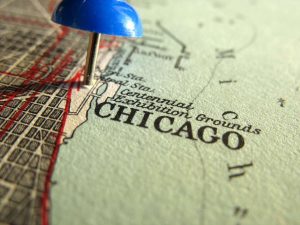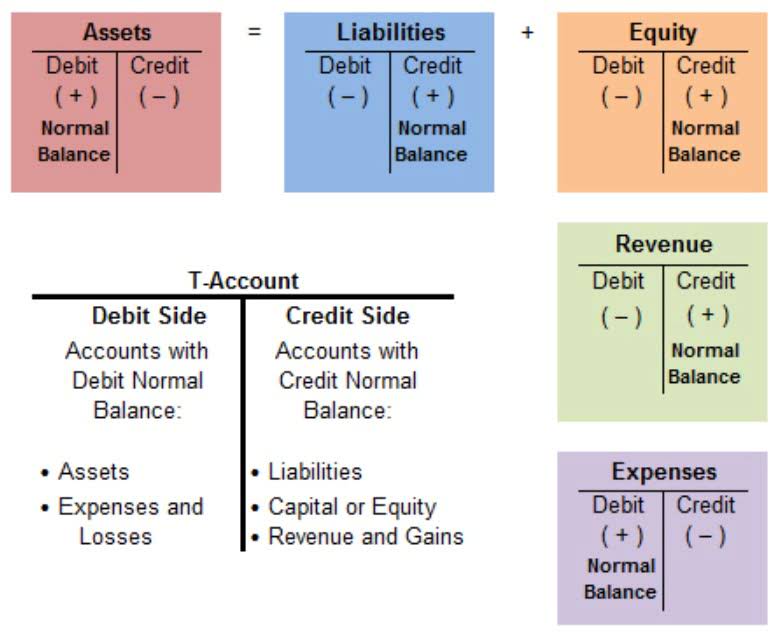As a small business owner, understanding how to set up contra accounts enables you to prepare and maintain accurate financial records. Are you looking for a way to account for accumulated depreciation, returned merchandise, or damaged inventory? You can use contra accounts to record the goods your customers return, inventory that gets damaged, and equipment depreciation. The hottest retail item of today can be relegated to nostalgia channels on YouTube tomorrow. And when your business still has some of these outdated, unwanted, or unusable items in your inventory, you’ll want to offset the lost value of these assets in your general ledger and balance sheet.
Contra liability accounts
The allowance can accumulate across accounting periods and may be adjusted based on the balance in the account. GAAP, the allowance for doubtful accounts represents management’s estimate of the percentage of “uncollectible” accounts receivable (i.e. the credit purchases from customers that are not expected to be paid). The net amount – i.e. the difference between the account balance post-adjustment of the contra account balance – represents the book value shown on the balance sheet. If you’re using accounting software, you’ll be able to create contra accounts when setting up your chart of accounts.
What are the types of Contra Asset Accounts?
Charlene Rhinehart is a CPA , CFE, chair of an Illinois CPA Society committee, and has a degree in accounting and finance from DePaul University. Examples of deferred unearned revenue include prepaid subscriptions, rent, insurance or professional service fees. By a miracle, it turns out the company ended up being rewarded a portion of their outstanding receivable balance they'd written off as part of the bankruptcy proceedings.
Allowance for Doubtful Accounts: Methods of Accounting for
The contra asset account Accumulated Depreciation is deducted from the related Capital Assets to present the net balance on the parent account in a company’s balance sheet. The allowance for doubtful accounts is a general ledger account that is used to estimate the amount of accounts receivable that will not be collected. A company uses this account to record how many accounts receivable it thinks will be lost. If the following accounting period results in net sales of $80,000, an additional $2,400 is reported in the allowance for doubtful accounts, and $2,400 is recorded in the second period in bad debt expense.
Everything You Need To Master Financial Modeling
The accumulated depreciation account is perhaps the most common contra account used by business owners. However, that $1.4 billion is used to reduce the balance of gross accounts receivable. Therefore, contra accounts, though they represent a positive amount, are used to net reduce a gross amount.
Related AccountingTools Courses
Regardless of company policies and procedures for credit collections, the risk of the failure to receive payment is always present in a transaction utilizing credit. Thus, a company is required to realize this risk through the establishment of the allowance for doubtful accounts and offsetting bad debt expense. In accordance with the matching principle of accounting, this ensures that expenses related to the sale are recorded in the same accounting period as the revenue is earned. The allowance for doubtful accounts also helps companies more accurately estimate the actual value of their account receivables. In response, the firm should decrease its accounts receivable and revenue balances.
Examples of Contra Asset Accounts
- You'll notice the allowance account has a natural credit balance and will increase when credited.
- The Motley Fool reaches millions of people every month through our premium investing solutions, free guidance and market analysis on Fool.com, top-rated podcasts, and non-profit The Motley Fool Foundation.
- A contra-asset account is an account that opposes the balances of other asset accounts.
- An example of a contra liability account is the bond discount account, which offsets the bond payable account.
- There are several examples of contra accounts, including accumulated depreciation, accumulated depletion, accumulated amortization, allowance for receivables, etc.
In either case, using these accounts can help you better manage depreciation expense, keep your accounts receivable balance accurate, and properly dispose of and account for obsolete inventory. Asset accounts always maintain a debit balance, so anytime that you increase the value of an asset, such as when you deposit customer payments or invoice a customer, that asset account is debited or increased. Likewise, when you pay a bill, your cash account is reduced (credited) because you’re lowering the balance. Contra accounts are used to reduce the value of the original account directly to keep financial accounting records clean.
Contra assets
Consider a business that offers an early payment discount to its customers, cutting their invoiced total by 3% if they pay within 1 week of invoicing. If every single buyer had taken advantage of the early payment discount, the company would have provided roughly $10 thousand in discounts during that same timeframe. In reality, the actual number of company discounts came closer to $5 thousand. Home Depot reports that returns are estimated at the time of the sale based on historic returns numbers. The amount is not reported, and the net sales amount is reported on the income statement.
- These less-frequent contra accounts come into play when you need to account for changes in the outstanding liabilities for your business.
- This means that accounts receivables have a debit balance of $10,000, and the firm credits revenue for $10,000.
- The company must be aware of outliers or special circumstances that may have unfairly impacted that 2.4% calculation.
- Including contra revenue accounts is important in the income statement because it shows the original amount of sales the firm has made, along with any factor that has reduced that amount.
- Similar to depreciation, this account plays a significant role in representing the book value of a company’s assets.
- In this way, a contra asset (credit) lowers the overall value of your accounts receivables (debit) on the balance sheet.
- Then, the company will record a debit to cash and credit to accounts receivable when the payment is collected.
Obsolete Inventory
This indicates that out of $100,000 sales, your customers return goods valued at $500. Allowance for doubtful accounts is netted from the accounts receivable balance. The company predicts which accounts receivable won't be paid by customers and writes those off. When the account receivable is written off, it is added to bad debt expense on the income statement and placed in the contra account. If a company has a high or fast-growing allowance as a percentage of accounts receivable, keep a close eye on it. Examples include accumulated depreciation, sales returns and allowances, and contra equity accounts like treasury stock.
This frequently happens to manufacturing companies that sell products with an expiration date since any inventory remaining in stock past the expiration date quickly becomes obsolete. When researching companies, the financial statement is a great place to start. Contra accounts help provide more accurate financial information by separating certain items and highlighting their impact on the overall financial position. A contra account is used to show the opposite effect or reduction of a related account.







